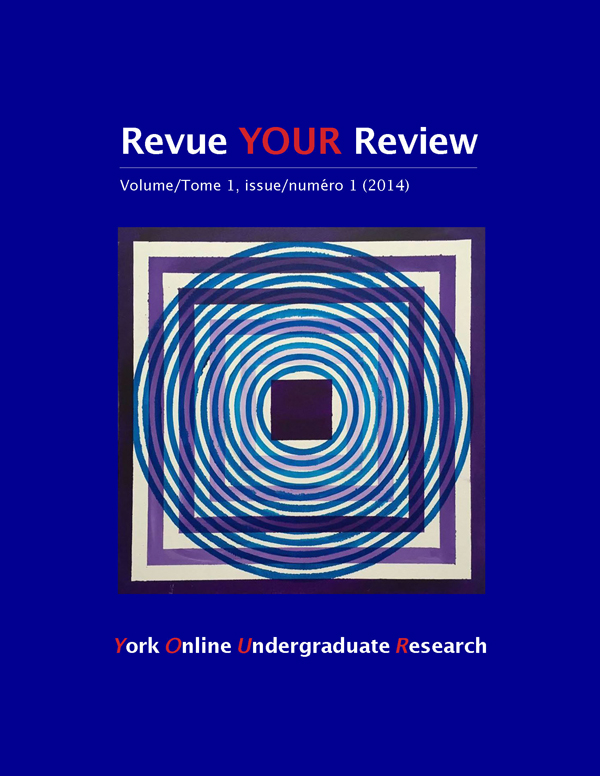The Jesuit Mission among the Huron: How Were They Successful? (abstract)
Abstract
When the European colonization of North America began, Christian missionaries were among the first groups to travel to the New World with the intention of converting the indigenous populations. Christianity is often viewed as an aggressive affront to indigenous customs and religions during the colonization period. However, the Jesuit mission among the Huron became one of the most successful missions of the time, and their success was due, in large part, to their method of presenting the Gospel within the framework of Huron customs. Based on an analysis of primary and secondary sources, I suggest that there are reasons on both the Jesuit and the Huron sides that explain this apparent spiritual success. The Jesuits’ skill in communicating with the Huron, their willingness to live among them and learn their customs, as well as their compassion for them all contributed to the success of the Jesuit mission. The Hurons, for their part, were particularly open to the teachings the Jesuits imparted. This relationship suggests that, although Christianity was certainly a large part of colonization, not all Christian missionary groups condemned local cultures and customs, but sometimes presented Christianity within the local cultural framework.
Downloads
How to Cite
Issue
Section
License
Authors contributing to Revue YOUR Review agree to release their articles under one of three Creative Commons licenses: Creative Commons Attribution 4.0 International; Creative Commons Attribution-NonCommercial 4.0 International; or Creative Commons Attribution-NoDerivatives 4.0 International. All editorial content, posters, and abstracts on this site are licensed under Creative Commons Attribution-NoDerivatives 4.0 International. For further information about each license, see:
https://creativecommons.org/licenses/
In all cases, authors retain copyright of their work and grant the e-journal right of first publication. Authors are able to enter into other contractual arrangements for the non-exclusive distribution of the e-journal's published version of the article (e.g., post it to an institutional repository or publish it in a book or in another journal), with an acknowledgement of its initial publication in this e-journal.


